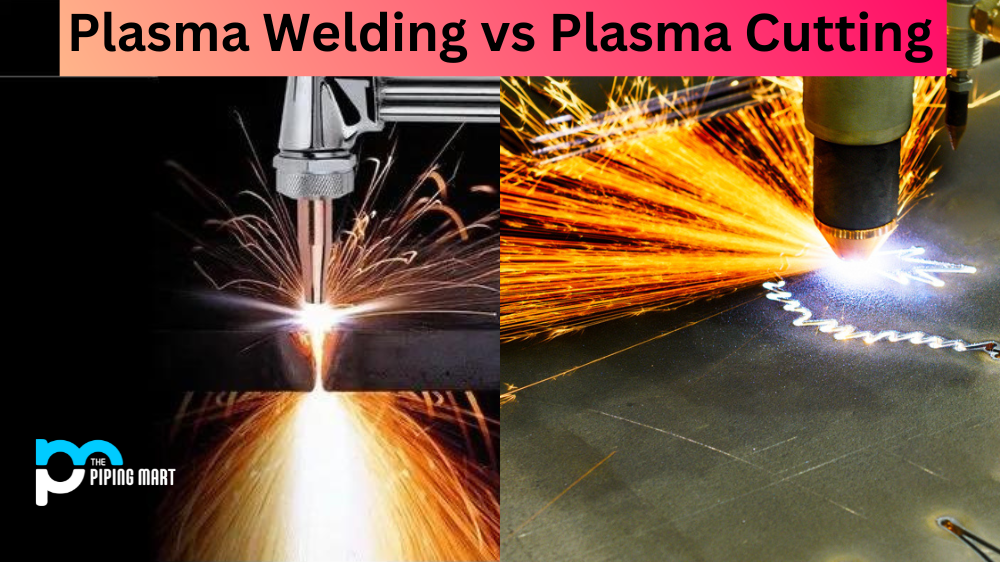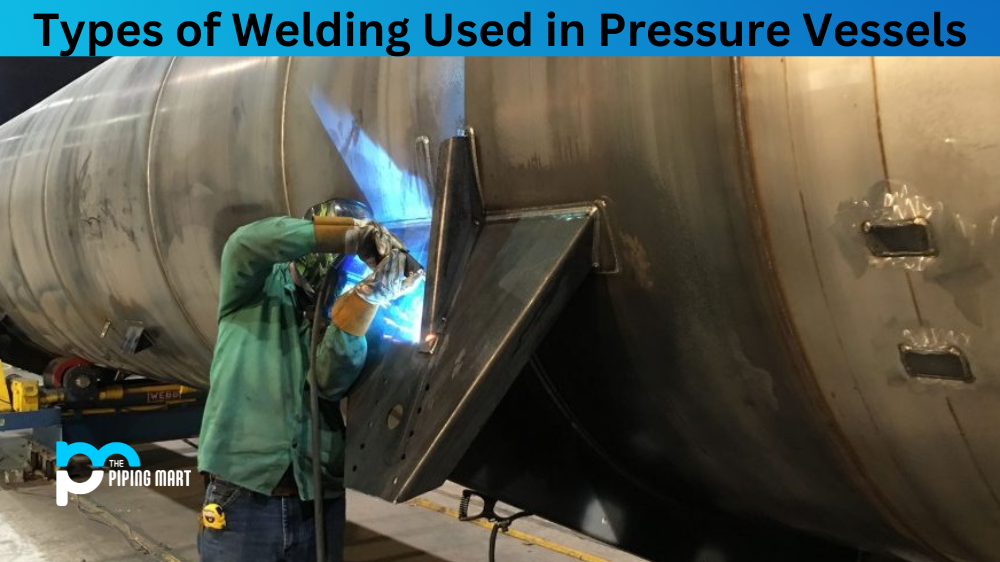Plasma welding and cutting are two distinct processes that use plasma technology to manipulate the shape of metals. Both have their advantages and disadvantages, so it’s important to understand the differences between them before deciding which one is right for your project. Let’s break down the differences between plasma welding and cutting, so you can make an informed decision.
Plasma Cutting
Plasma cutting is a process that uses high-velocity streams of hot gas to cut through metal. The gas used in this process is usually argon, nitrogen, or oxygen. This process can be used on any conductive material, including aluminium and steel. It is especially useful for projects where precision parts need to be made quickly and efficiently. The downside of plasma cutting is that it produces a lot of heat, which can damage more delicate materials like copper or brass. It also has a greater chance of warping the material due to its high temperatures.
Plasma Welding
Plasma welding is similar to plasma cutting, except instead of using hot gas to cut through metal, it uses electricity generated from a high-frequency arc welder to join two pieces of metal together. This method produces less heat than plasma cutting, so it can be used on more delicate materials such as copper or brass without damaging them in the process. Additionally, because there is very little heat produced during this process, there is less chance of warping or deforming the material being welded together. However, it requires more skill and precision than plasma cutting since it involves joining two pieces together rather than simply cutting them apart.
Difference Between Plasma Welding and Plasma Cutting
- Plasma welding is a type of welding that uses a plasma torch to weld two pieces of metal together.
- Plasma cutting is a type of cutting that uses a plasma torch to cut through metal.
- Plasma welding is more expensive than plasma cutting.
- Plasma cutting is faster than plasma welding.
- Plasma welding is more precise than plasma cutting.
- Plasma cutting produces less heat than plasma welding.
Conclusion:
Both plasma welding and plasma cutting are useful processes for manipulating metal objects, but they each have their own unique advantages and disadvantages, depending on what type of project you’re working on. If you need something precise and quickly made with minimal risk of warping or deformation, then plasma welding may be your best option; however, if speed is your main priority, then plasma cutting may be better suited for your needs. Ultimately it all depends on what kind of project you’re working on–so take some time to consider all options before making a decision!

Pipingmart is a B2B portal that specializes in metal, industrial and piping items. Additionally, we share the latest information and information about materials, products and various types of grades to assist businesses that are involved in this business.




